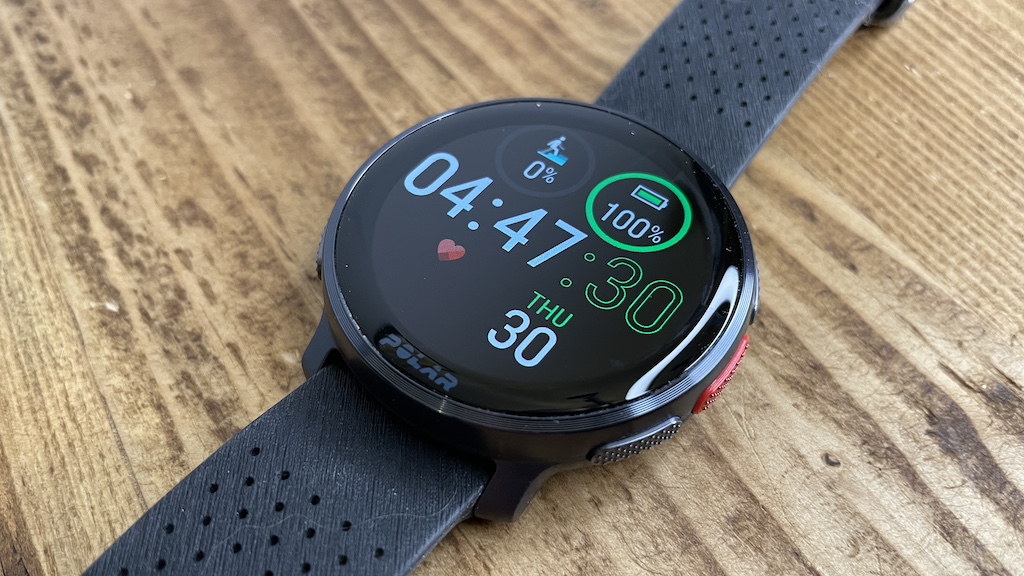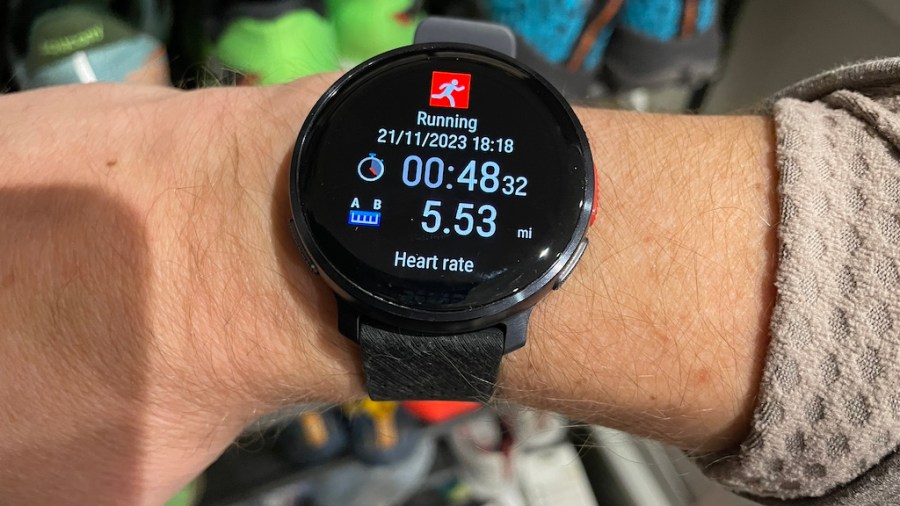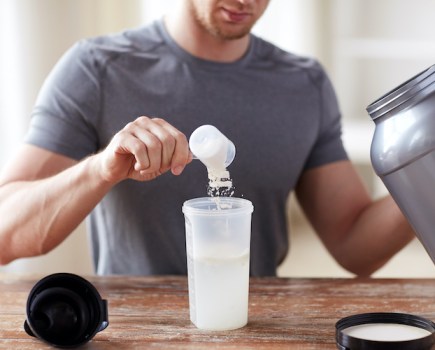Upgraded hardware on the Polar Vantage V3 running watch really got my pulse racing
Men’s Fitness verdict
A bright smartwatch-style AMOLED display, multiband GPS with an upgraded chip, plus Polar’s new Gen 4 heart rate sensor makes for Polar’s best ever running watch.- Excellent, bright AMOLED display
- Reliable multiband GPS
- Free Komoot and Strava subscriptions
- Phone pairing and syncing is buggy
- Raise to wake is sometimes laggy
- No Spotify/Deezer playback
You can think of the Vantage V as Polar’s alternative running watch to the Garmin Forerunner 965. But in recent years Garmin’s design, features and innovation have left Polar somewhat lagging behind. So the Polar Vantage V3 needed to take some big steps forward to remain one of the best fitness watches – and it has.
Why you can trust Men’s Fitness
We spend hours testing every product or service we review, so you can be sure you’re buying the best. Our team of fitness kit reviewers includes experienced product testers and fitness writers – as well as the core MF team – who know exactly what sets the best products apart from the rest. The Polar Vantage V3 was tested by experienced tech journalist and ultra-runner Kieran Alger. Find out more about how we test.

Polar Vantage V3 design
Design-wise, this is a cracking-looking watch. It’s unmistakably Polar, and the hero is undoubtedly the big AMOLED screen. It pairs a 1.39-inch, 454 x 454pixel AMOLED touchscreen display, with a lightweight but robust aluminium case and bezel. With the swappable silicone strap, it weighs in at just 57g – a touch heavier than the Forerunner 965.
The screen is bright, crisp and easy to read in all conditions, with punchy colours. It doesn’t hit Apple Watch levels, but it now rivals the Forerunner 965 and the new Suunto Race. The touchscreen is nicely responsive, too. As are the buttons. Though I found the raise to wake was sometimes laggy.
I’m not a huge fan of the silicone strap. Perhaps I’m used to the comfort and adjustable fit of nylon straps on the watches like the Garmin Enduro, but I found I had to adjust the Polar strap a lot, to get a good fit for workouts and then after to avoid it being too tight for daily wear. The Garmin Forerunner 965 silicone strap surfers some of the same issues, but overall is nicer to wear.
Polar Vantage V3 accuracy
On GPS, I tested the Vantage V3 up against the Suunto Race and the Garmin Forerunner 965 across a range of accuracy modes. The Polar’s Dual Frequency accuracy was solid, not just on the total distances but also when you dig into the GPS track details. It’s more than a match for its rivals. However, in the lower-power modes where you’re sacrificing some accuracy for more staying power, it really struggled. At times the distances and GPS tracks were so far off, they became meaningless.
To tested the accuracy of that new Prime sensor set-up I put the Vantage V3 head-to-head with the Garmin Forerunner 965 and Suunto Race optical, along with the Frontier X2 chest strap and Polar’s own H10 chest strap. For me, the Vantage V3’s optical sensor has also been good.
On my slower runs it matched the Polar H10 extremely well, to the point where I wasn’t sure if the watch had automatically picked up the chest strap. On the intervals it performed far better than the Suunto Race optical, which was quite laggy and had a tendency to surge high.
Polar Vantage V3 battery
When it comes to battery, on paper the Polar Vantage V3 lists the GPS training time at 61 hours, rising to 140 hours in power saving mode. In my tests, a one-hour run in the highest accuracy GPS mode used just 3% and matched the Garmin Forerunner 965 and the Suunto Race. Though it’s way off the 61 hours Polar claims.
Despite that big AMOLED screen, the daily usage burn when I wasn’t training was quite conservative, around 5% with Always On Screen switched off. And one really notable thing that Polar seems to have fixed is the tendency for its watches to rip through battery life overnight. I leeched just 3% on average each night, with all the tracking switched on.
One area where Garmin is still ahead are smartwatch skills. The Polar Vantage V3 smarts remain limited. There’s some customisation and I salute the attempt – though it’s limited – to put some tappable widgets on a customisable face. But there’s no contact payments or support for Spotify or Deezer.
Polar Vantage V3 connectivity
Pairing, connecting and syncing with the Polar Flow smartphone app to upload your data to the training tools was really problematic. I often finished a run to delete the pairing and start the whole process from scratch. Even when the pairing remained, I had to manually sync the data. Garmin’s process is far more seamless.
Beyond those problems, my test Vantage V3 was bug-free, but you don’t have to dig too deep into Polar forums to find runners who’ve had problems with the watch freezing and that screen glitching. This is hopefully something software updates can fix and not everyone has the same problems, but if you’re the unlucky one it’ll be frustrating.
Polar Vantage V3 technical specs
| Display | AMOLED |
| Display resolution | 454 x 454 pixels |
| Display size | 1.39 inches (diameter) |
| Connectivity | Bluetooth, ANT+ |
| Weight | 57g |
How we test the best fitness watches
Kieran Alger is an ultramarathon runner and professional product tester. He trained with each of these watches for a minimum of four weeks, running across a range of distances near his base in West London as well as doing regular gym sessions.
Related content:






